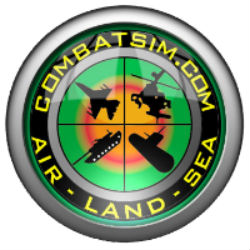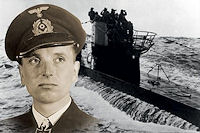 WWII’s highest scoring U-boat ace
WWII’s highest scoring U-boat ace
By John Dudek @ The Wargamer
Otto Kretschmer was without a doubt the greatest and most gifted U-boat Captain ever to serve in the German Navy in WWII. He was known as “Silent Otto”, not only for his reluctance to make small talk, but also his reluctance towards making regular radio contact with the U-boat headquarters. In addition he was also a firm believer in the “silent running” of his U-boat if being searched for by Allied destroyers while submerged. Kretschmer was something of an anomaly during the age of the cold hearted Nazi “supermen,” in that he believed in the traditional values of sea warfare: those of chivalry, fair play and doing all possible to relieve the suffering of a vanquished foe. During his career in WWII, it was common for Kretschmer upon encountering a life boat filled with the men he’d tried to sink and kill only hours earlier, to surface his submarine alongside to give them food, water, blankets and a compass heading towards dry land. On one such occasion he encountered a single British sailor in a life raft who was suffering from the advanced stages of hypothermia exposure. He had the man brought aboard, taken below, bundled in hot blankets and given a hot mug of tea. As the man gradually came out of shock, he thought he’d been taken aboard a British submarine and marveled at his good fortune. Given how many of Kreschmer’s crew were fluent in English and that the German submariners wore no insignia while wearing basic overhauls in lieu of uniforms, it took quite a bit of convincing to get the sailor to believe he was actually aboard a German U-boat. The survivor was eventually placed upon another life boat they encountered, one filled with other Allied sailors and a single extremely haughty British officer. When Kretschmer called down to the life boat, asking if they had provisions aboard, the British officer offered up an unprintable and less than desirable response. Undeterred, Kretschmer ordered food and water to be placed aboard the life boat. After giving the survivors a compass heading for the nearby coast of Ireland, Kretschmer saluted the officer and bid him “Good luck!” The British officer, upon realizing the extremely generous nature of the gifts of food and water, returned the salute and wished the Germans “Good Luck!” in return as the U-boat sailed away.
Read on…
 By John Dudek @ The Wargamer
By John Dudek @ The Wargamer
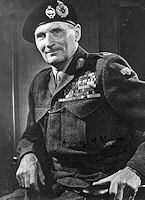 By John Dudek @ The Wargamer
By John Dudek @ The Wargamer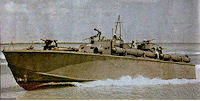 By John Dudek @ The Wargamer
By John Dudek @ The Wargamer Allied Commando Raid on Singapore Harbour 26-27 September 1943
Allied Commando Raid on Singapore Harbour 26-27 September 1943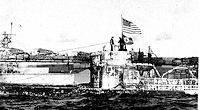 The Capture of the U-505
The Capture of the U-505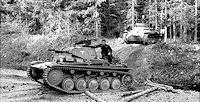 The Battle of France June 1940
The Battle of France June 1940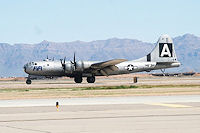 The US Strategic Bombing Campaign on Japan, Part 3
The US Strategic Bombing Campaign on Japan, Part 3 WWII’s highest scoring U-boat ace
WWII’s highest scoring U-boat ace